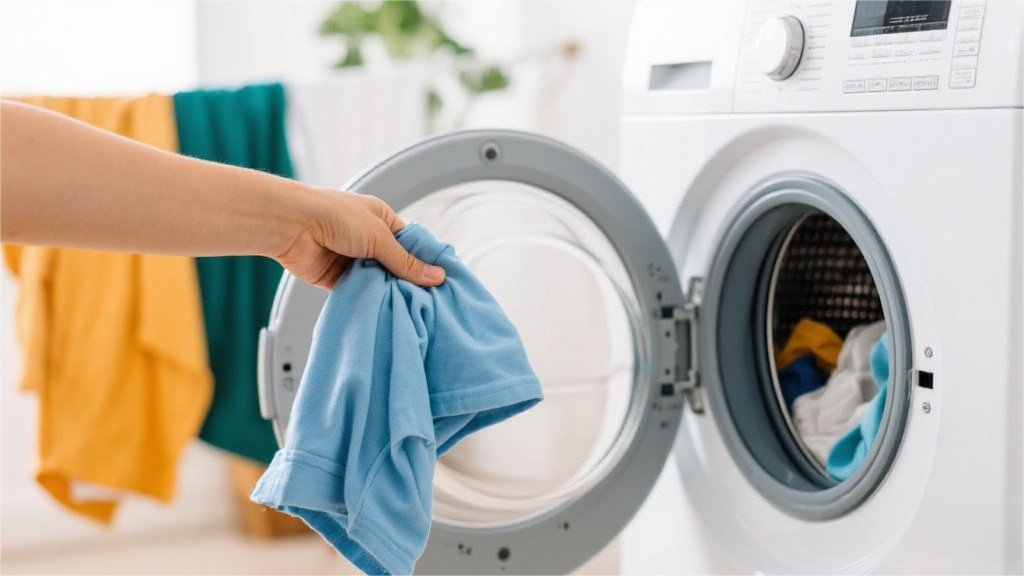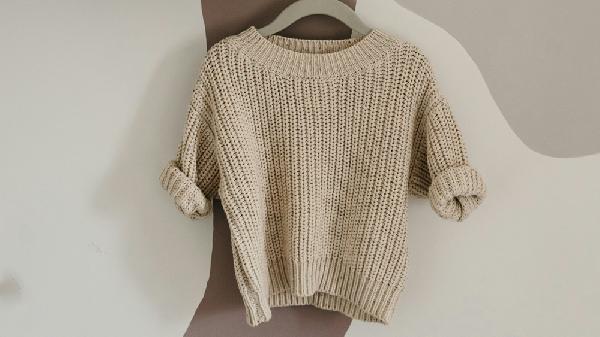Cash stuffing—the trendy budgeting method where you stash cash in envelopes for different spending categories—might seem like a smart way to control your spending, but financial experts are raising red flags. While the idea of physically seeing your money disappear can be a wake-up call for overspenders, this old-school approach comes with some serious downsides that could leave your wallet (and your financial health) worse off.
The Illusion of Control
Cash stuffing gives you the feeling of being in charge of your money—until reality hits. Unlike digital budgeting tools that track every penny automatically, cash stuffing relies on you manually dividing bills into envelopes labeled "groceries," "entertainment," or "bills." The problem? Life isn’t that predictable. Unexpected expenses pop up all the time—your car needs a sudden repair, your kid’s school trip costs more than expected, or your best friend’s birthday dinner turns into an impromptu celebration. When that happens, you’re either raiding other envelopes (defeating the purpose) or stuck with overdraft fees because your bank account wasn’t properly funded. Plus, carrying large amounts of cash makes you a walking target for theft. Not exactly the financial security you were hoping for.
Missing Out on Financial Perks
Here’s the kicker: stuffing cash means you’re leaving money on the table. Credit cards and debit cards offer rewards—cash back, travel points, purchase protection—that you completely miss out on when you’re living the envelope life. Even if you’re disciplined, you’re essentially turning down free money. And let’s talk about building credit. If you’re not using credit cards responsibly (key word: responsibly), your credit score isn’t getting the love it needs for future loans, mortgages, or even rental applications. Cash stuffing keeps you stuck in a financial time warp where your money isn’t working for you—it’s just sitting there, gathering dust.
The Hassle Factor
cash stuffing is a chore. You have to constantly withdraw cash, sort it into envelopes, track what’s left, and then reconcile everything at the end of the month. Meanwhile, budgeting apps like Mint or YNAB do all that (and more) in seconds. They sync with your accounts, categorize spending, and even send alerts when you’re close to blowing your budget. With cash stuffing, you’re basically doing the financial equivalent of hand-washing your clothes when a washing machine exists. Sure, some people swear by the "tactile" experience, but most of us would rather spend that time doing, well, anything else.
When Cash Stuffing Backfires
For some people, cash stuffing can actually encourage bad habits. If you’re the type who struggles with impulse spending, having a wad of cash labeled "fun money" might tempt you to blow it all in one weekend. Unlike digital transactions—where you can see your balance drop in real time—handing over physical cash can feel less "real," making it easier to overspend. And if you’re not disciplined enough to refill those envelopes consistently, you could end up with a false sense of security while your actual bank account dwindles. It’s like putting a Band-Aid on a leaky pipe—it might hold for a bit, but eventually, things are going to get messy.
A Better Way to Budget
If you love the idea of cash stuffing but want a modern (and safer) approach, try a hybrid method. Use a budgeting app to allocate virtual "envelopes" for spending categories, but keep your money in the bank where it’s secure and earning interest. Some banks even offer "sub-accounts" that function like digital envelopes. And if you must use cash for certain expenses (like allowances or flea market shopping), limit it to small, discretionary categories—not your entire paycheck. The goal isn’t to abandon discipline; it’s to make your money work smarter, not harder.
Cash stuffing isn’t all bad—it can be a useful tool for people who need a visual spending deterrent. But in today’s digital world, relying on it completely could cost you more than just convenience. Between missed rewards, security risks, and the sheer hassle, there are better ways to stay on budget without turning your wallet into a 1980s time capsule.
























